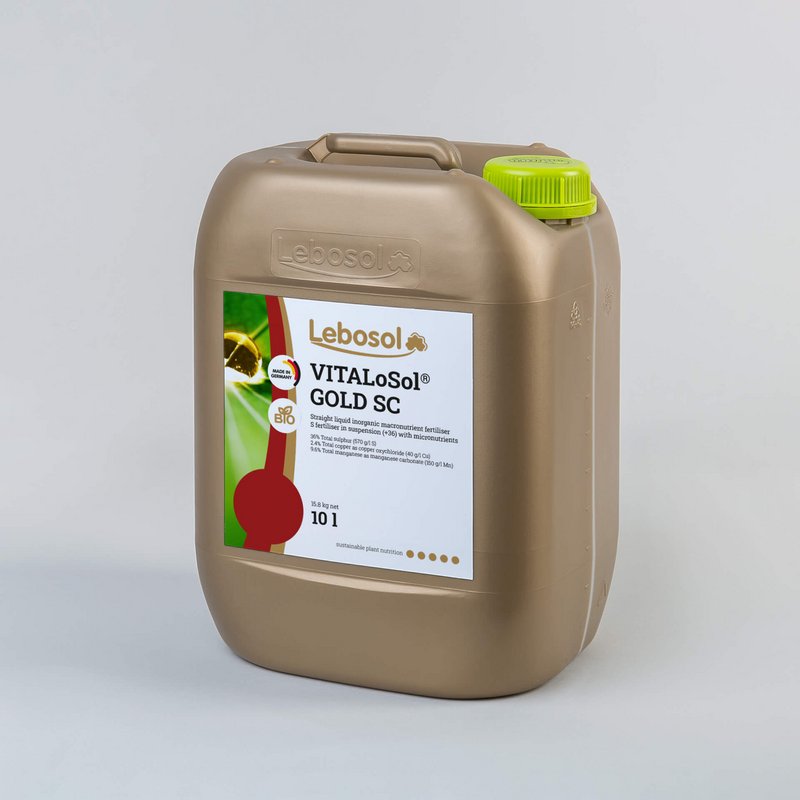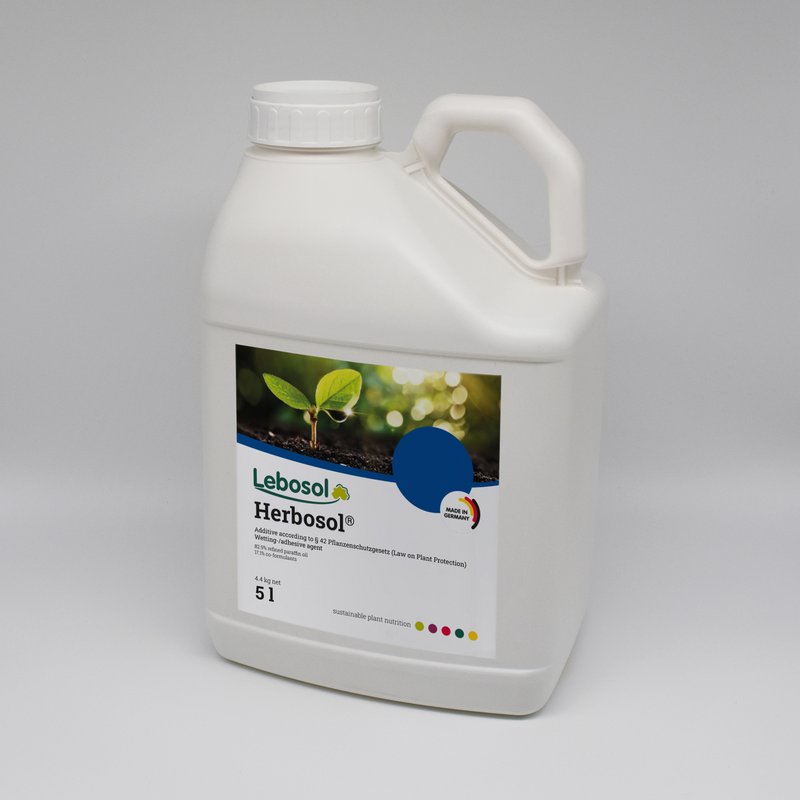Optimised foliar fertilisation for root and tuber vegetables
Why are foliar fertilisers essential for carrots?
Nutrient supply in professional root vegetable cultivation is complex and demanding. The increasing quality standards and yield expectations require a specialised fertiliser strategy. In addition to the essential soil analyses, complex plant analysis has become established in vegetable cultivation. This analysis evaluates the nutrient appropriation of the plants and enables targeted supplementation with liquid fertilisers to optimise quality and yield.
Lebosol® offers a wide range of foliar fertilisers that have been specially developed to provide all the important nutrients and specifically prevent or compensate for deficiencies. Our extensive range covers every essential element required for the growth of root and tuber vegetables such as fennel, celery, radishes and radishes. In addition, our spraying plan provides a comprehensive overview of all important fertilisation measures to ensure an optimum supply of nutrients and maximise yields.

Herbosol®: The ideal additive for root and tuber vegetables
Optimum effect of soil herbicides
Herbosol® is a specially developed additive that significantly improves the effectiveness of soil herbicides. Herbosol® shows its strengths particularly in the cultivation of root and tuber vegetables. The reduction of fine droplets in the spray water reduces drift and produces a uniform droplet spectrum and a homogeneous spray film. This leads to improved adhesion of the active ingredients to the topsoil and reduced deep movement of the herbicides.
Herbosol® increases the efficiency of the soil herbicides and ensures better weed control. Leaching after rainfall is minimised, the compatibility of the soil active ingredients is increased and stability in dry conditions is improved. The dosage of 0.2 – 0.6 l/ha, depending on the soil quality, maximises the effectiveness of the herbicides and supports resistance management.

An efficient product for stable plants
Advantages and application of Lebosol®-Silicon
Lebosol®-Silicon is a highly effective foliar fertiliser based on orthosilicic acid. Although silicon is present in the soil, it cannot always be absorbed by crops in sufficient quantities. Lebosol®-Silicon offers the solution by providing silicon in a form that is efficiently absorbed through the leaf. This foliar fertiliser increases the stress tolerance of plants, regulates the water balance and promotes stronger root formation and higher root activity. A dosage of 0.5 – 1 litre/ha is recommended, 1 – 3 times per season, depending on the stage of development of the plants.

The GOLD series from Lebosol®: optimum nutrient supply for root and tuber vegetables
Sulphur, manganese and copper for optimum plant development
VITALoSol® GOLD SC is a liquid fertiliser suspension specially designed for efficient nutrient uptake and vigorous plant development. It contains a balanced combination of sulphur, manganese and copper, which play an essential role in plant growth. Sulphur supports nitrogen regulation and oil synthesis, manganese is important for chlorophyll formation and protein and carbohydrate metabolism, while copper promotes protein metabolism. This product is particularly suitable for the cultivation of root and tuber vegetables and ensures robust, resilient crops. VITALoSol® GOLD SC is also authorised for organic cultivation. Application recommendation: Apply 2 – 3 times 3 – 5 litres/ha from leaf development onwards.

Effective nutrient supply
Reduction of radiation stress and improvement of harvest quality
Lebosol®-AqueBoron 150 SC and Lebosol®-Zinc 700 SC are foliar fertilisers that help to reduce radiation stress, increase yields and improve quality characteristics such as the prevention of heart rot and improved storage stability. Both products are FiBL-listed and can therefore also be used in organic farming.
For optimum results, 1.5 litres/ha of Lebosol®-AqueBoron 150 SC + 0.5 litres/ha of Lebosol®-Zinc 700 SC should be applied 2 – 3 times. The combined application of these fertilisers ensures an efficient supply of nutrients and supports plant development in all growth phases.





